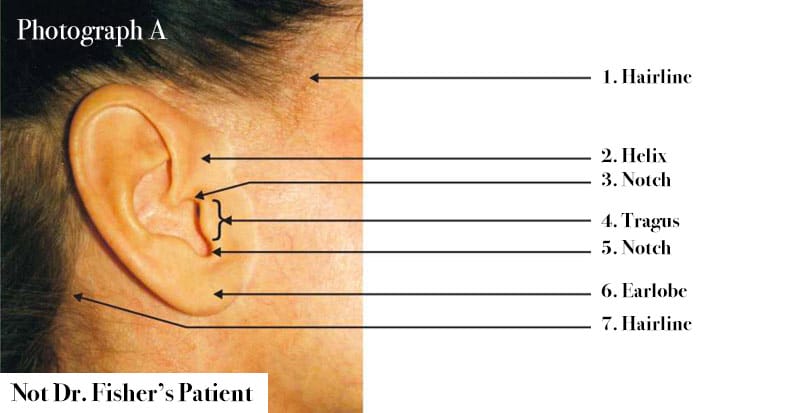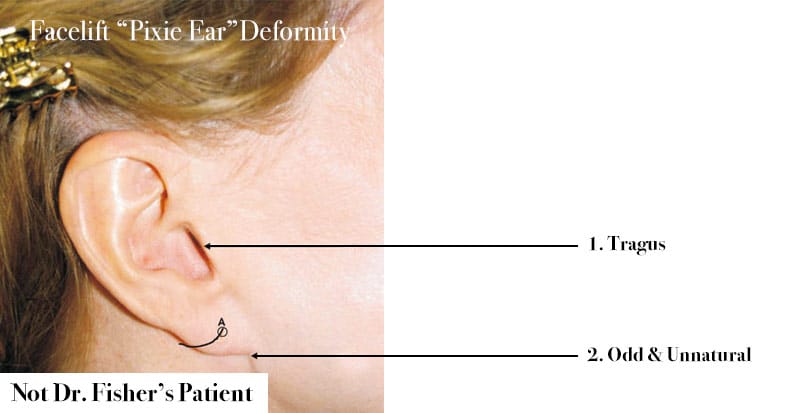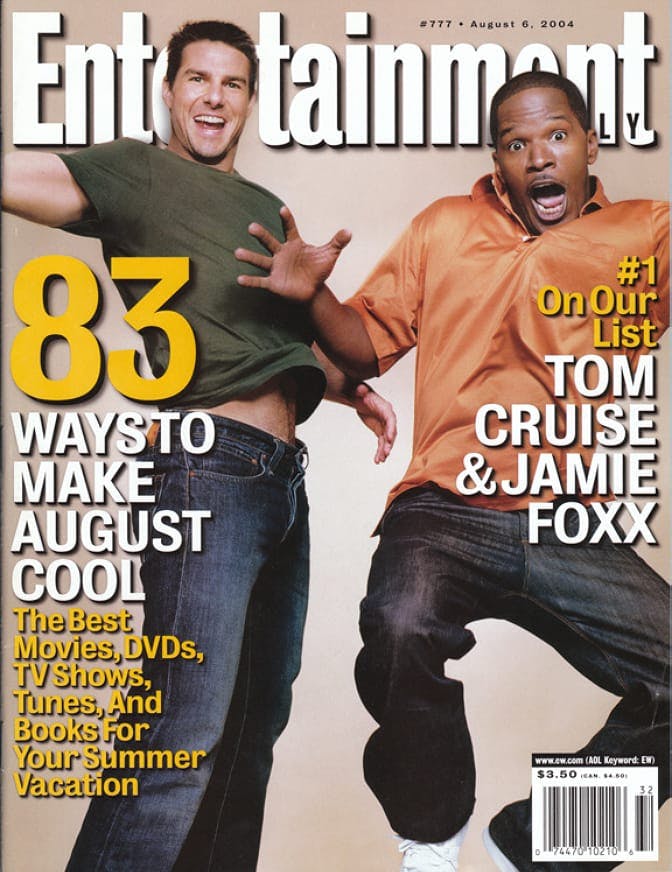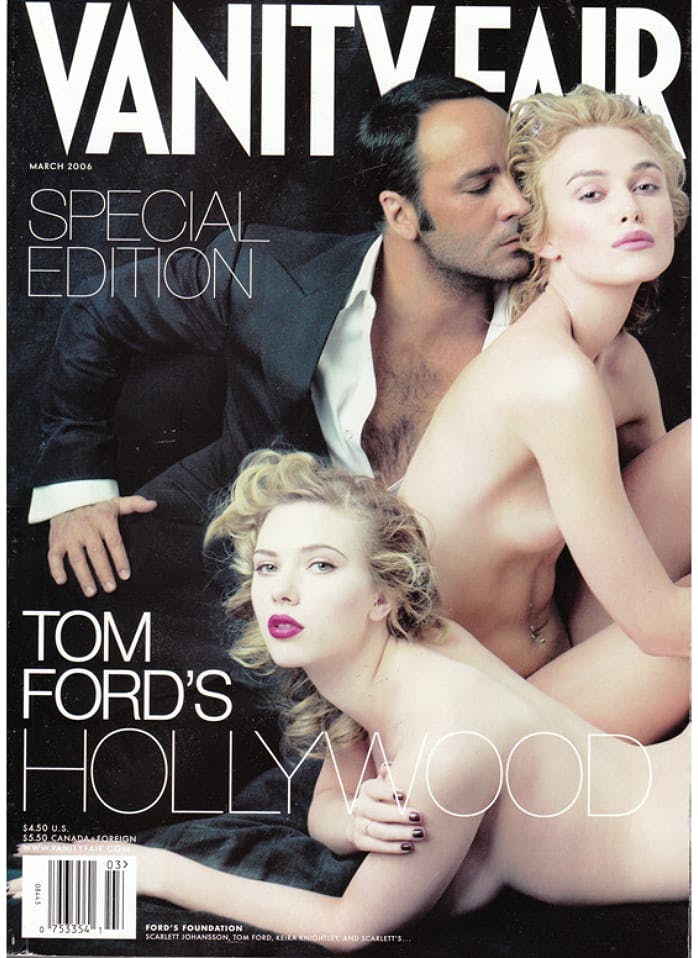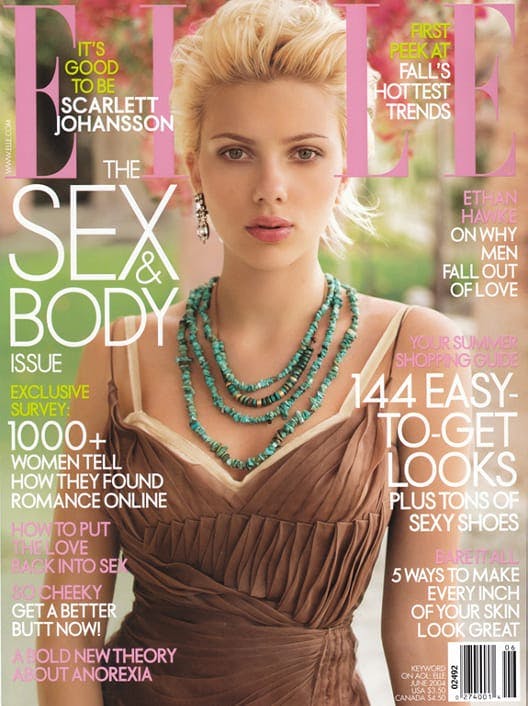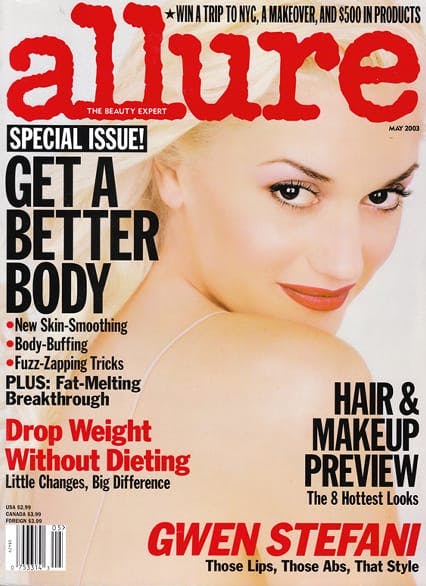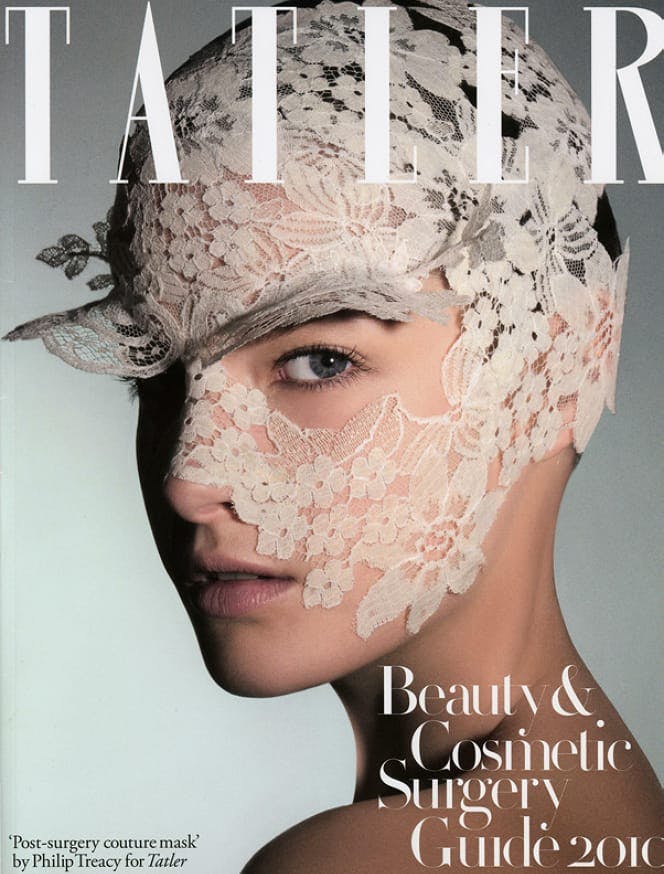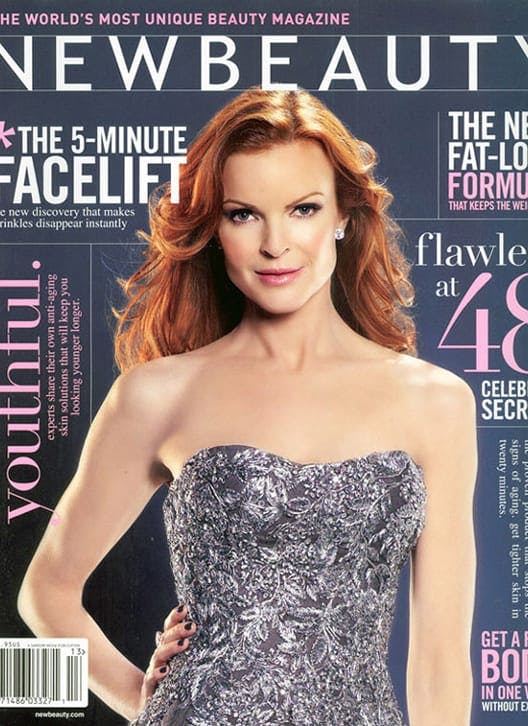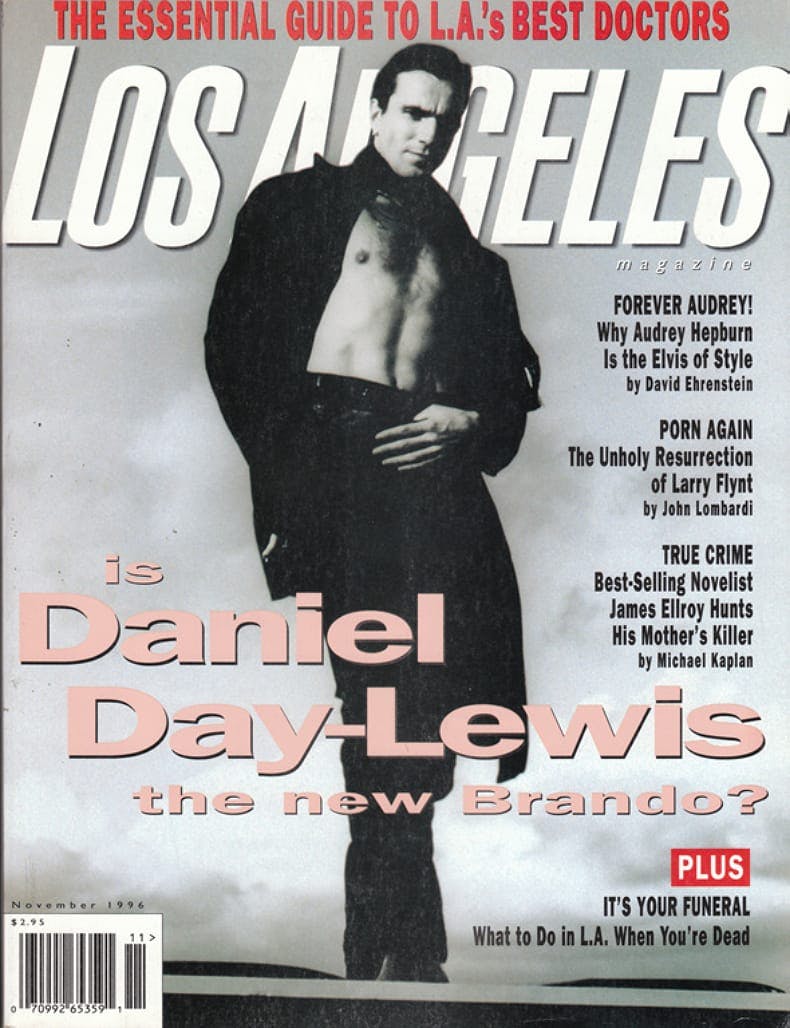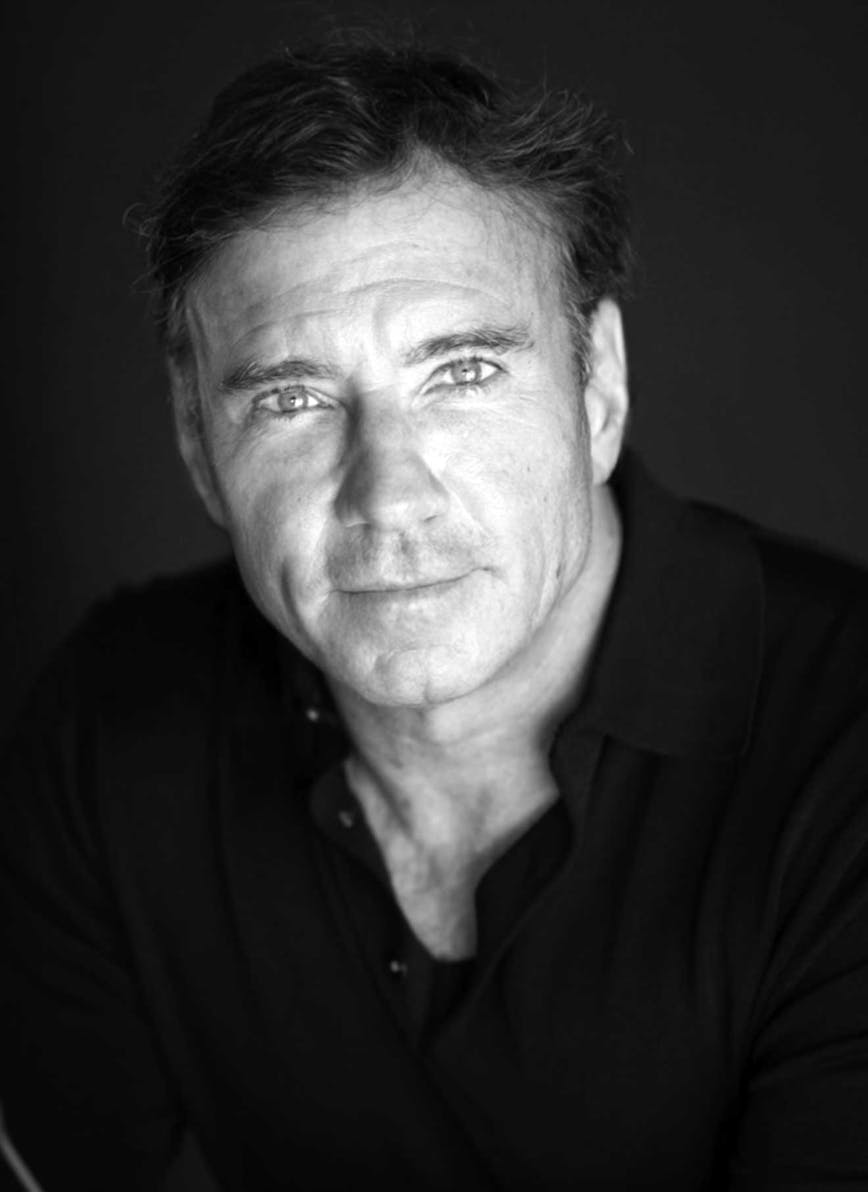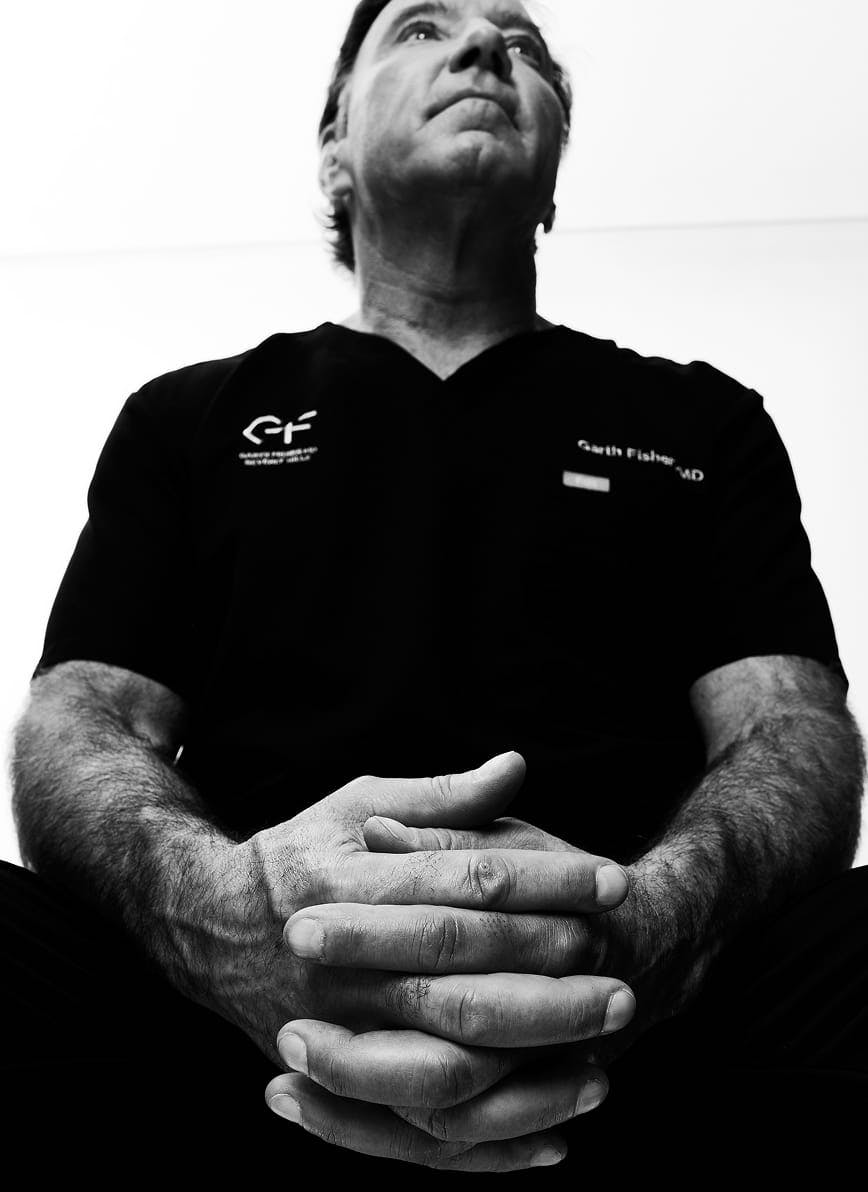Dr. Garth Fisher’s elite scar refinement techniques are designed to correct poorly placed or visible facelift scars—restoring natural contours, preserving facial harmony, and reclaiming the discretion every aesthetic result deserves.
Conclusion
Now that you have a better understanding of what to look for, you should be more critical of the work of the surgeons you are considering.
Most of these undesirable issues are avoidable by proper planning and execution of incisions and avoidance of excessive tension on the skin.
As one of the best plastic surgeons in the US, I consider myself obligated to spend the required time necessary to focus on these detailed and very critical elements of facelift surgery. You should also understand that I thoroughly enjoy spending this time in the operating room achieving proper results for patients who place their trust in my ability.

